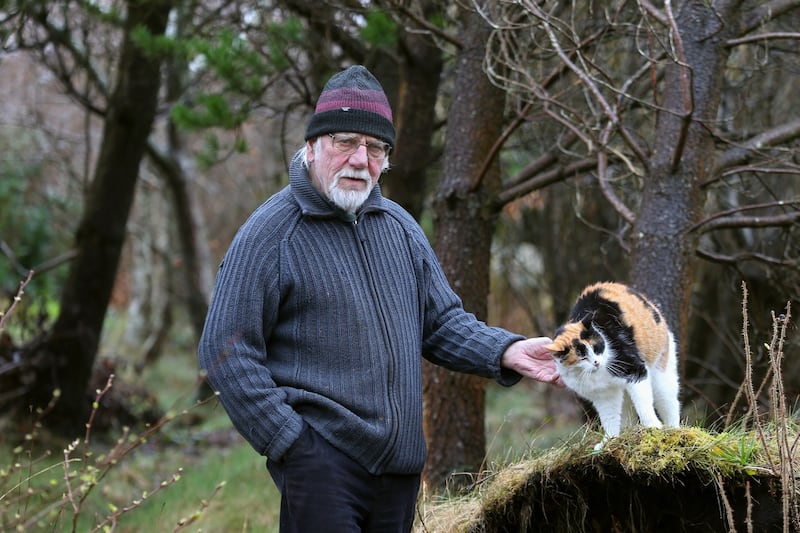The number of Ukrainian refugees registered in Ireland has increased by just more than 2,500 in two weeks, according to new figures from the Central Statistics Office (CSO).
Almost half of the individuals who have taken refuge in the State since the Russian invasion in March were women aged 20 and older, while children aged 0 to 19 accounted for more than a third of arrivals.
According to the latest update on the State’s response to the Ukrainian refugee crisis, published on Friday, the CSO said as of the week ending June 5th, a total of 35,670 personal public service numbers (PPSNs) had been issued to individuals from Ukraine since early March.
The number is up from the 33,151 people who had arrived by the week ending May 22nd.
Pat Leahy: Have our politicians forgotten what happens when you lose control of the public finances?
‘The phone would ring and it would be Mike Scott from the Waterboys or Bono from U2. Everyone wanted to talk to my father’
Chris Packham: ‘I was a very angry young man, confused because of my undiagnosed autism. It had an enormous impact on my life’
Bashed tables, dad dancing and pizza: how the deal for a new government was done
Most of the arrivals, 42 per cent or 14,929 individuals, were categorised as “one parent with children”.
This reflects the fact that the vast majority of people fleeing the Russian invasion were younger women and children, as men considered of fighting age were prohibited from leaving Ukraine.
The data is based on the local post office address through which refugees seek assistance from the Department of Social Protection.
Using the local post office address as a proxy for place of residence for 32,969 people who could be mapped to a local area, the CSO found that arrivals from Ukraine were present in all local electoral areas of the country.
Karola Graupner, statistician with the CSO, said the rate of Ukrainian arrivals per 100 of the population ranged across all local electoral areas (LEA) from 0.03 per cent to 7.1 per cent.
North Inner City in Dublin had the highest number of associated arrivals from Ukraine at 1,304, said the CSO.
The local area with the highest rate is Ennistimon in Clare, while the LEA of Drogheda Rural in Louth had the lowest rate in the country.
As of June 7th, of the 6,824 children who arrived from Ukraine and enrolled in school, 70 per cent were in primary education while 30 per cent were in secondary education.
The average time between the allocation of a PPSN to enrolment in primary or secondary school was just more than two weeks, the CSO found.




